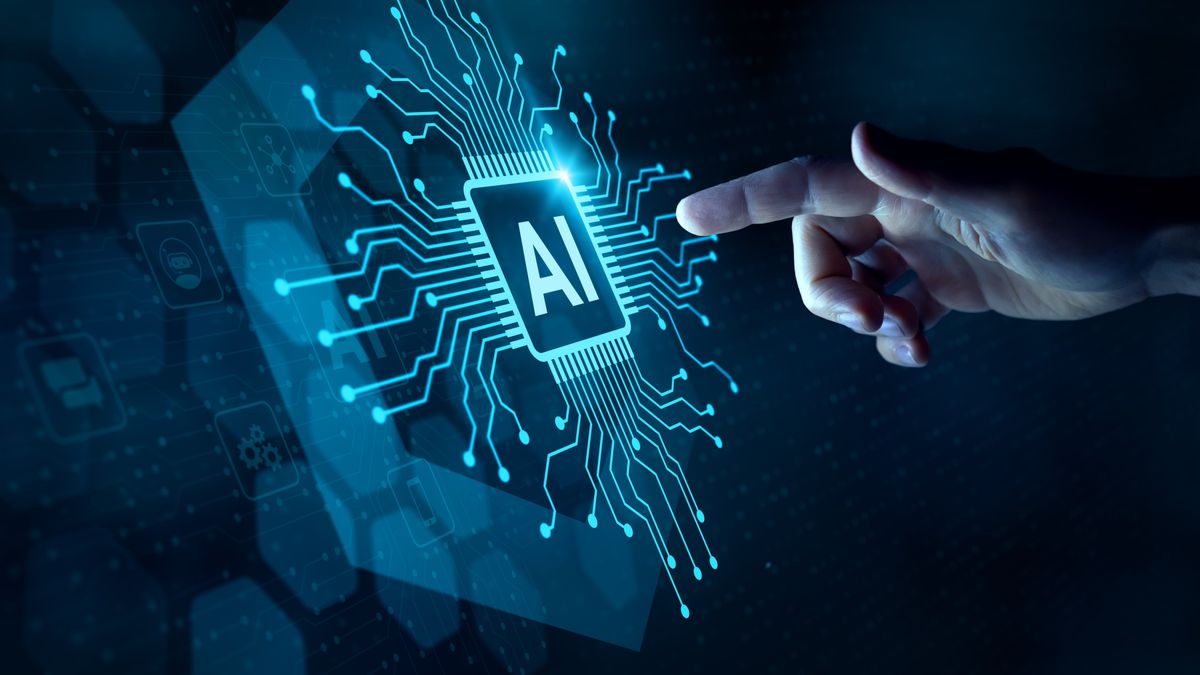AI Overtraining: More Data, More Problems?
The quest for ever-more intelligent AI has led to a massive increase in the amount of data used to train these models. While more data generally leads to improved performance, a crucial caveat exists: overtraining. This phenomenon, where a model performs exceptionally well on training data but poorly on unseen data, is becoming an increasingly significant challenge in the field of artificial intelligence. This article delves into the complexities of AI overtraining, exploring its causes, consequences, and potential solutions.
The Paradox of Abundance: Too Much Data Can Be Harmful
Intuitively, it seems that feeding an AI model more data should always result in better performance. However, this isn't always the case. Overtraining occurs when the model learns the training data too well, memorizing noise and outliers instead of identifying underlying patterns. This leads to a model that is highly specialized to the training set and generalizes poorly to new, unseen data – a critical issue for real-world applications.
Recognizing the Symptoms of Overtraining
Identifying overtraining requires careful monitoring and evaluation. Key indicators include:
- High accuracy on training data, low accuracy on validation/test data: A significant discrepancy between performance on the training set and unseen data is a major red flag.
- Overly complex model: Models with excessive parameters can be more prone to overfitting, as they have the capacity to memorize the training data rather than learn generalizable patterns.
- High variance: The model's predictions fluctuate wildly depending on the input data, indicating a lack of robustness.
The Root Causes of AI Overtraining
Several factors contribute to AI overtraining:
- Insufficient Data Augmentation: While more data is beneficial, simply increasing the quantity without considering its quality or diversity can lead to overfitting. Data augmentation techniques, which create variations of existing data, are crucial to mitigate this.
- Model Complexity: Overly complex models with numerous parameters can easily memorize the training data, leading to overfitting.
- Inadequate Regularization: Regularization techniques, such as L1 or L2 regularization, penalize complex models and help prevent overfitting. The absence or insufficient application of these techniques can contribute to overtraining.
- Bias in Data: Biased training data can lead to a model that performs poorly on data from underrepresented groups.
Mitigating Overtraining: Strategies and Solutions
Fortunately, several strategies can be employed to mitigate overtraining:
- Cross-Validation: Dividing the data into multiple subsets for training and validation allows for more robust evaluation and early detection of overfitting.
- Regularization Techniques: As mentioned earlier, techniques like L1 and L2 regularization penalize complex models, encouraging generalization.
- Dropout: Randomly dropping out neurons during training forces the model to learn more robust features and prevents over-reliance on specific neurons.
- Early Stopping: Monitoring the model's performance on a validation set during training and stopping the training process when performance starts to degrade can prevent overfitting.
- Data Augmentation: Generating synthetic data from existing data can increase the size and diversity of the training set, reducing the risk of overfitting.
The Future of AI Training: Balancing Data and Generalization
The challenge of overtraining highlights the need for a more nuanced approach to AI development. It's not simply about accumulating more data; it's about acquiring high-quality, diverse, and representative data. Furthermore, careful model selection, regularization techniques, and robust evaluation methods are essential to ensure that AI models generalize well to real-world scenarios. The future of AI relies on striking a balance between leveraging the power of big data and preventing the pitfalls of overtraining.
Further Reading:
- (Replace with actual link)
- (Replace with actual link)
This article provides a comprehensive overview of AI overtraining, highlighting its causes, consequences, and mitigation strategies. By understanding and addressing this crucial challenge, we can pave the way for more robust, reliable, and truly intelligent AI systems.

